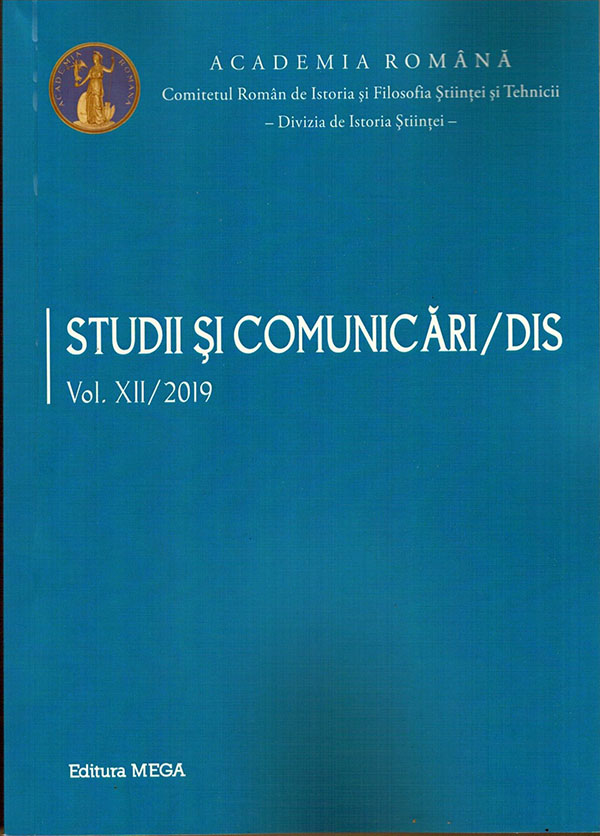Tabelul periodic al elemenetelor – alfabetul științei
The Periodic Table – the alphabet of science
Author(s): Lavinia MisăilăSubject(s): Scientific Life
Published by: Editura Mega Print SRL
Keywords: atomic weight; electron configuration; element; periodicity; reactivity;
Summary/Abstract: The periodic table is a methodical arrangement of the chemical elements, organized on the basis of their electron configurations.The modern periodic table was devised by Dmitri Ivanovich Mendeleev and is a useful framework for organizing and analyzing the chemical and physical behavior of the elements. The modern periodic table organizes the known elements in several ways: it lists them in order of patterns of atomic weight, electron configuration, reactivity, and electronegativity. It is such a good method of organizing and presenting the known elements that it has been used to successfully predict the existence of certain elements. Today, it is applied not only by chemists but also in all related sciences to understand the properties and reactivity of atoms and molecules. The table has recognizable origins in the 17th century and draws on knowledge and experience of medieval and earlier eras. To celebrate the 150th anniversary of this pivotal moment in science, the UNESCO has proclaimed 2019 to be the International year of the Periodic Table.
Journal: STUDII ȘI COMUNICĂRI/DIS
- Issue Year: 2019
- Issue No: 12
- Page Range: 73-81
- Page Count: 9
- Language: Romanian

